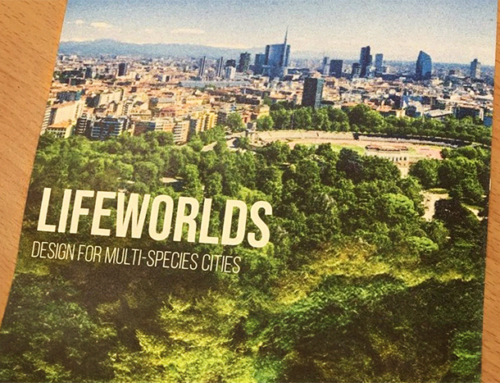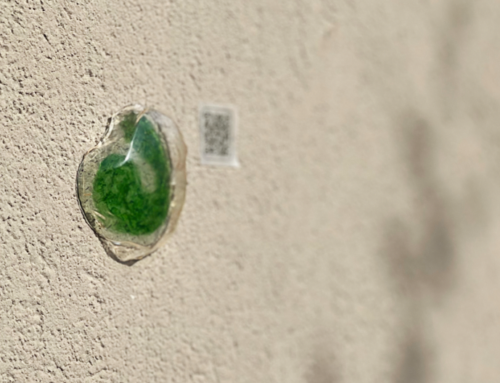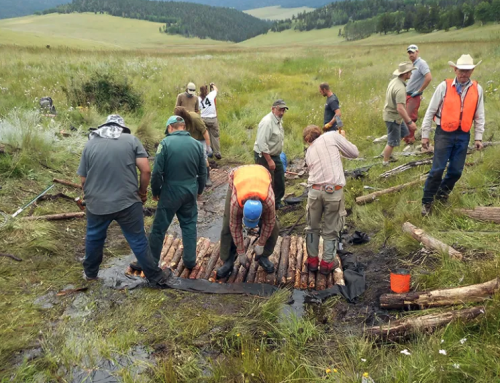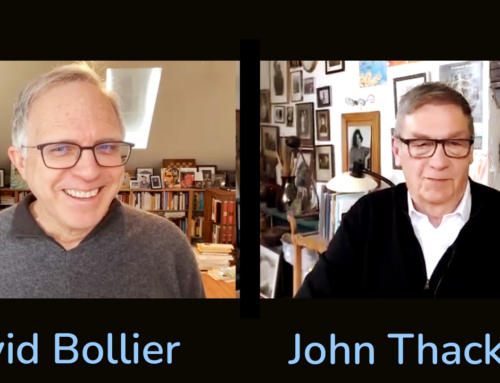The family of swallows that spent the summer in the eaves behind my office here in France have headed south for the winter. Soon, as Christmas beckons, they’ll reach their destinations: Botswana, Namibia or South Africa. After just two months gorging on insects, they’ll begin the epic journey back. The strongest among them will make it back in just five weeks, traveling 200 miles a day.
And I thought my air travel was profligate.
As an artefact, the swallows’ nest is not exactly the Taj Mahal. It’s a ramshackle structure, made of mud pellets and straw, stuck crookedly to the wall. But it seems to suit them well – or rather, the surrounding habitat does. Their physical abode is a safe enough place to park their young – but it’s not a gated community. What brings the swallows back every year is not their house but the surrounding environment as whole: open air for easy flight; fresh water from the river; flying insects to feed their ravenous young. I have come to envy how lightly they manage to live. We humans burn through billions of tons of resources, to support our our own structures and lifestyles. Swallows throw their nests together from found materials.
Preoccupied by swallows, I posed the following question last month to a meeting of Nordic Housing Association managers: Do we really need to build more boxes? Is it beyond our creativity to provide our fellow humans with shelter and sustenance without covering more of the world in concrete?
To be candid, I did not expect an easy ride from this group of experts. They have a ton of financial, legal and political issues to deal with in managing 2.4 million housing units across the Nordic countries. At the event, I was surprised: Many of these professionals shared my concern at the baleful influence of the Real Estate Industrial Complex. Manufacturing boxes may be good for GDP and construction firms, some agreed, but we can surely meet the social need for shelter in ways that that improve the habitat, not wreck it.
We discussed a variety of life-enhacing ways to inhabit the city: the re-use of empty buildings; the potential of food hubs to improve a community’s health; the need for a micro-brewery in every neighbourhood; the benefits of pollinator pathways through built-up areas; the potential of de-paving to improve a town’s porosity to rain; how citizen action is improving the health of rivers, creeks and watersheds; how to de-motorise the movement of freight through towns and cities.
This metabolic concept of development was in stark contrast to a newsletter I received this morning. It announced that “60% of the area projected to be urban in 2030 has not yet been built”. This passive-submissive acceptance of unchecked urbanisation has become tiresome. Sure, yes, urbanisation will devour the biosphere if no alternatives are on offer – but that’s not the case. There are thousands of ways to improve life – and not just human life – in the cities we already have. Let’s draw a line in the (de-paved) sand and agree that the real-estate model of ‘development’ is over.
ON REGARDING THE PAIN OF THE PLANET – A READER
Why is it that shocking stories and images fail to change things? Are there different ways of knowing the world, than merely looking? I’ve posted a list here of the writers who have helped this writer understand this overarching dilemma. Susan Sontag’s conclusion stays with me: “People don’t become inured to what they are shown — if that’s the right way to describe what happens — because of the quantity of images dumped on them. It is passivity that dulls feeling”.
WILD LEARNING
“Our ancestors’ children didn’t go to school: School surrounded them. Nature was a living teacher”. Under the umbrella title of Wild Learning, I’ve also posted a rough-and-ready list of of the nature-based education, biodiversity initiatives, and edible school gardens that are trying in diverse ways to reconnect children – and the rest of us – with the living systems of which we are a part.




